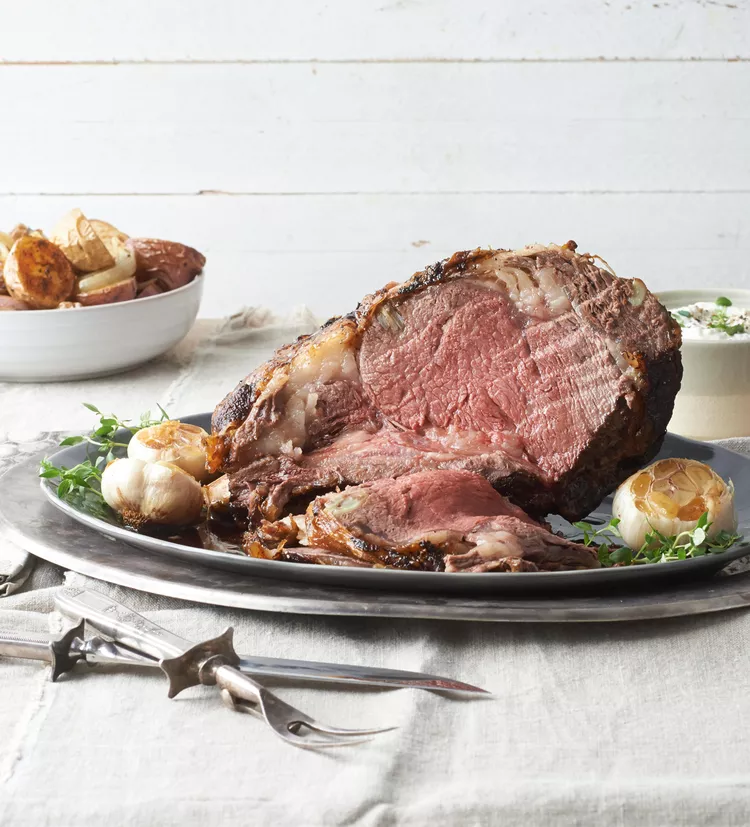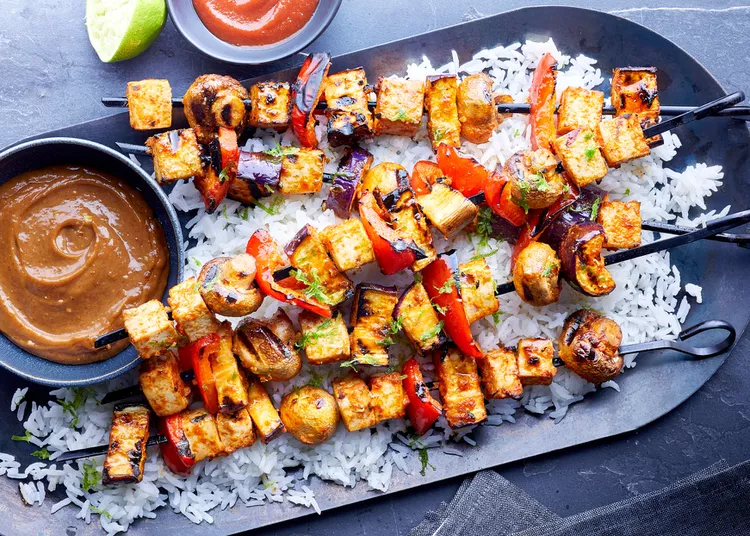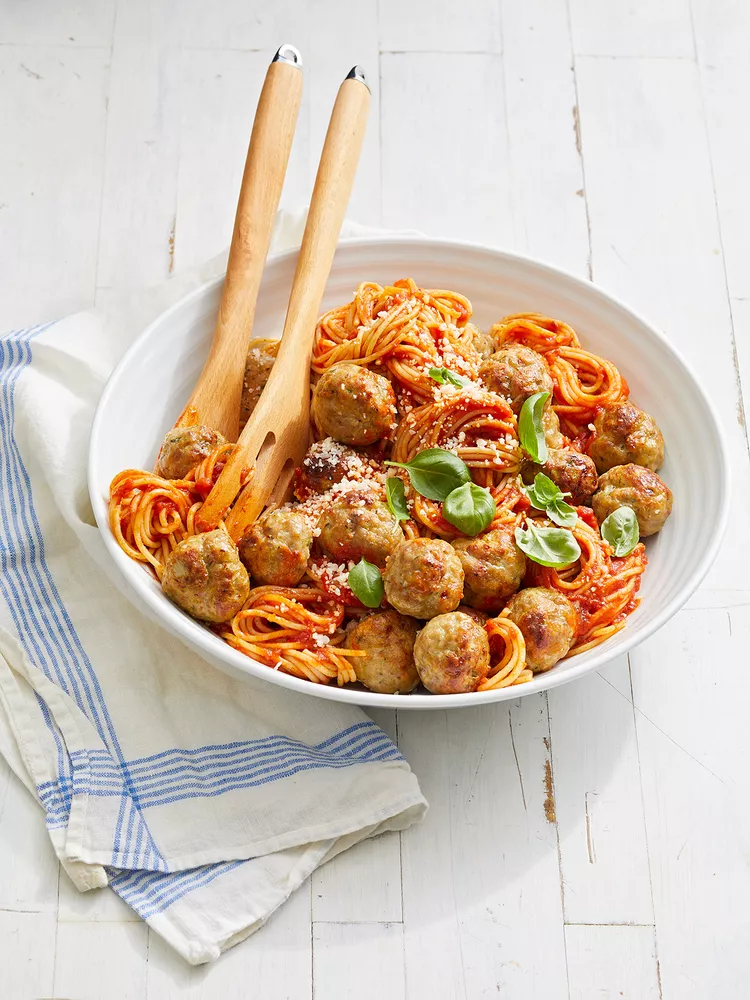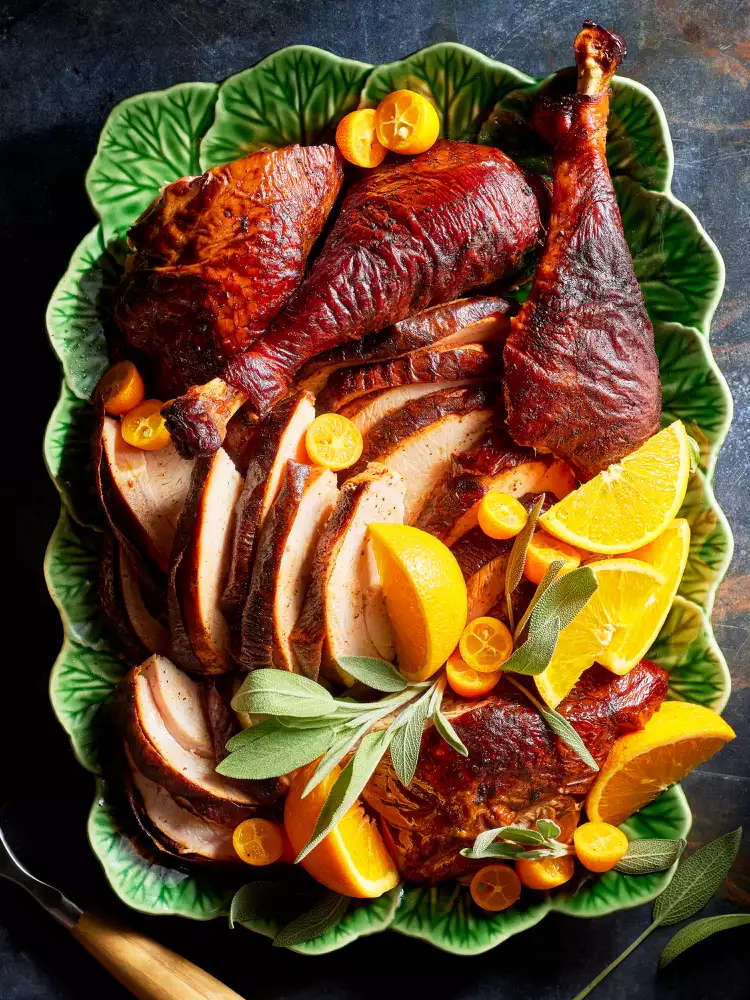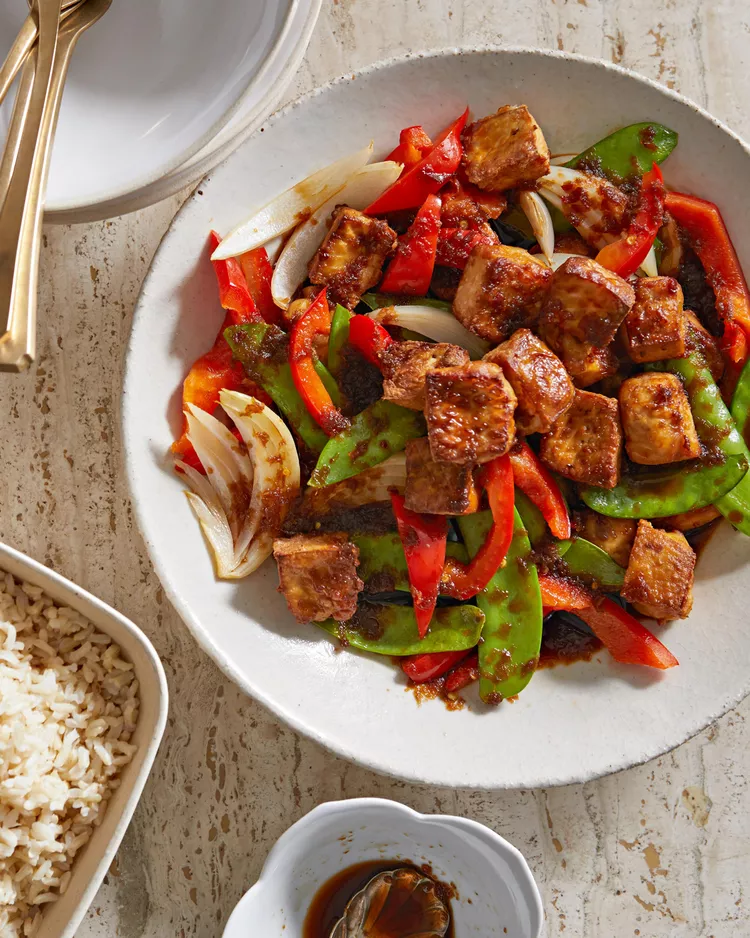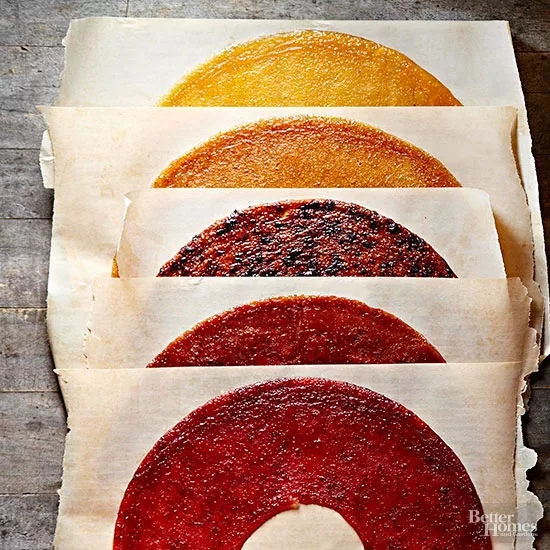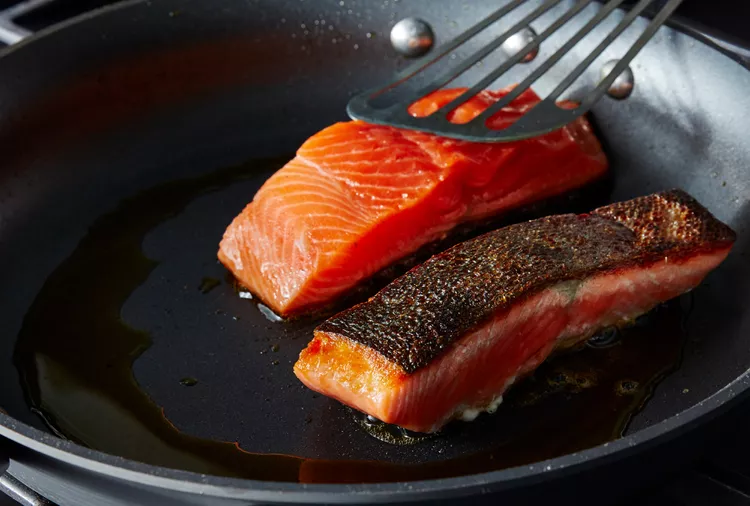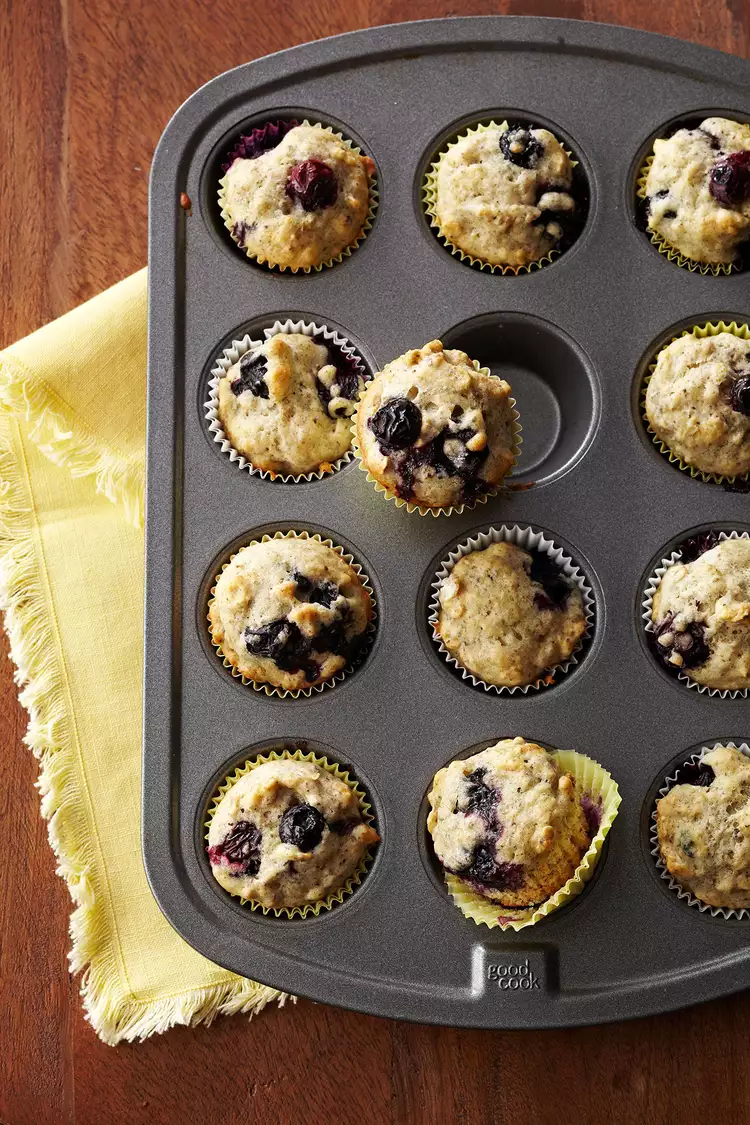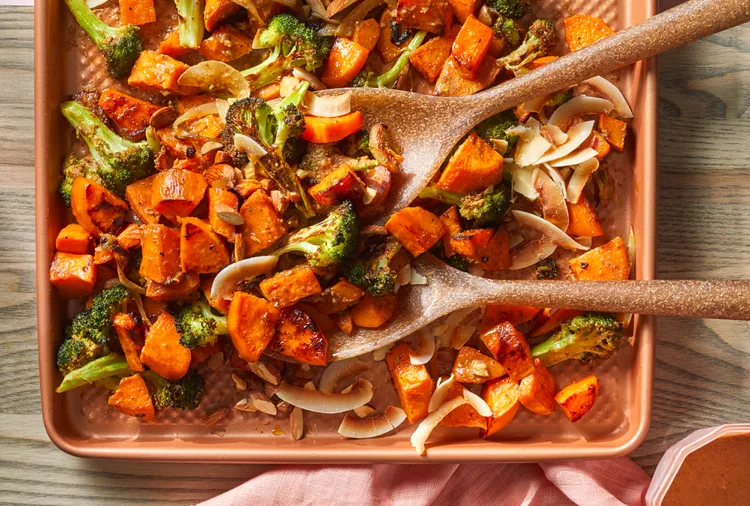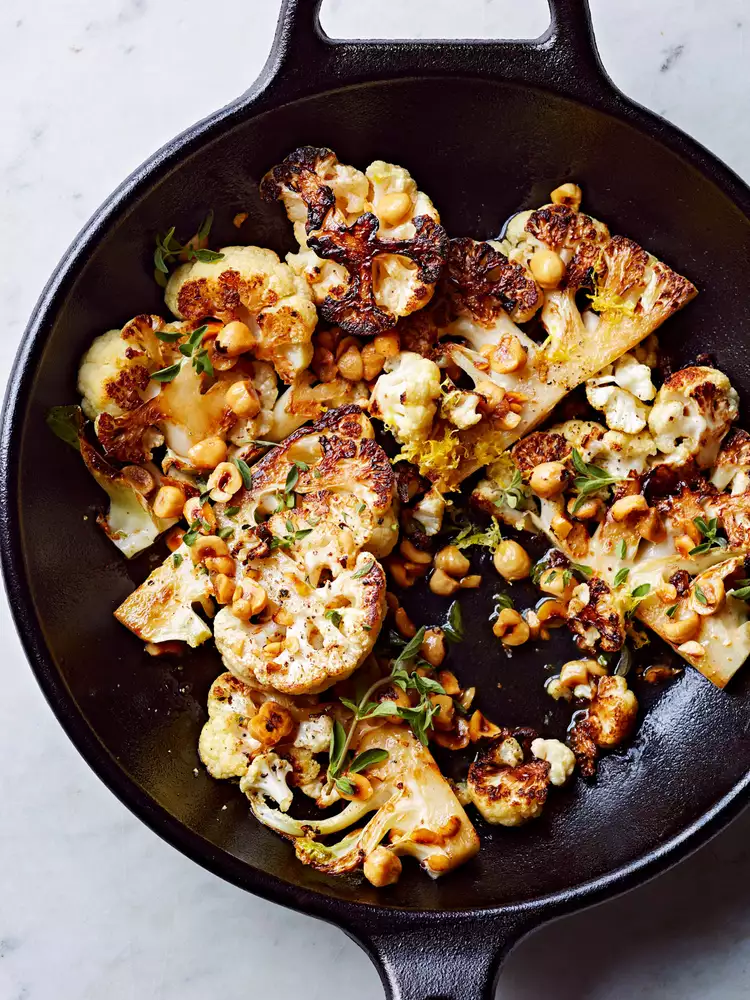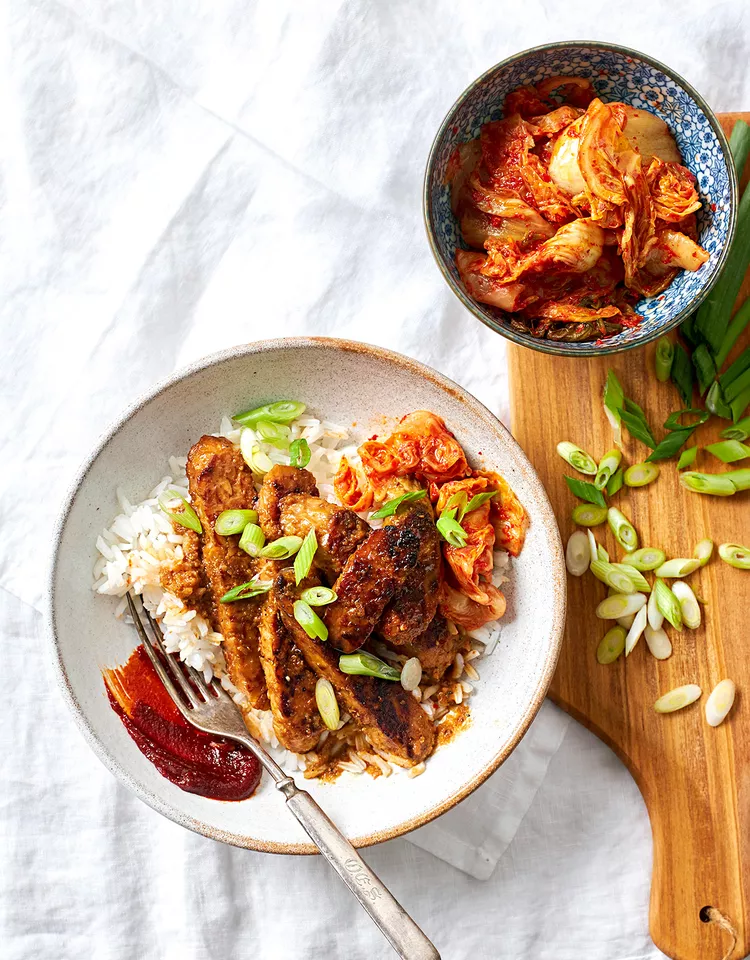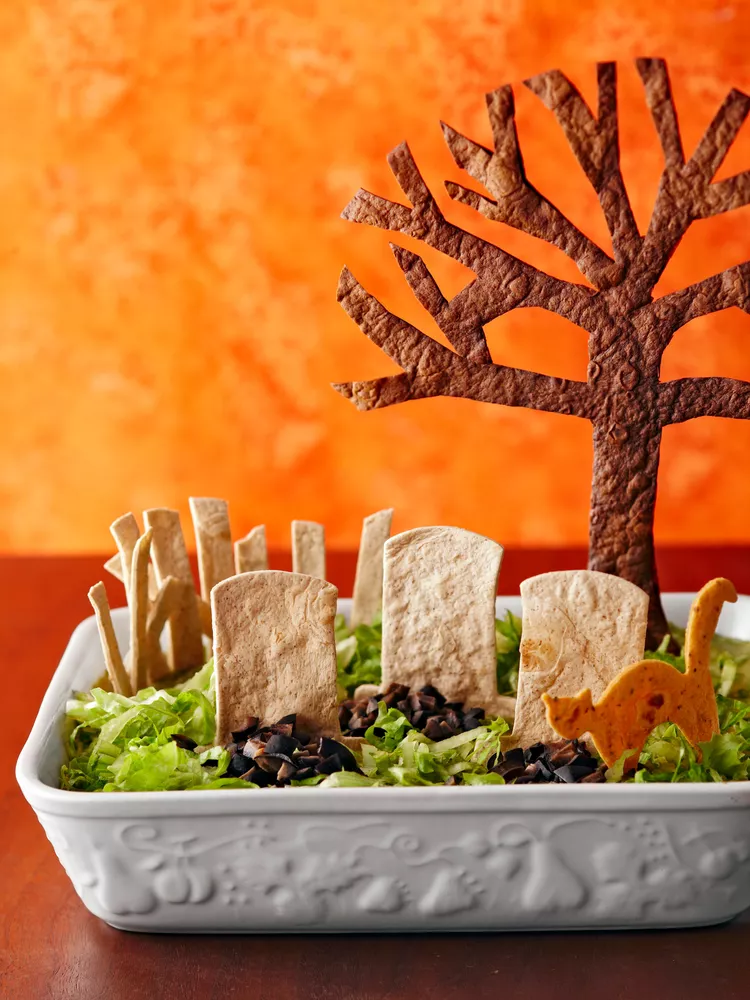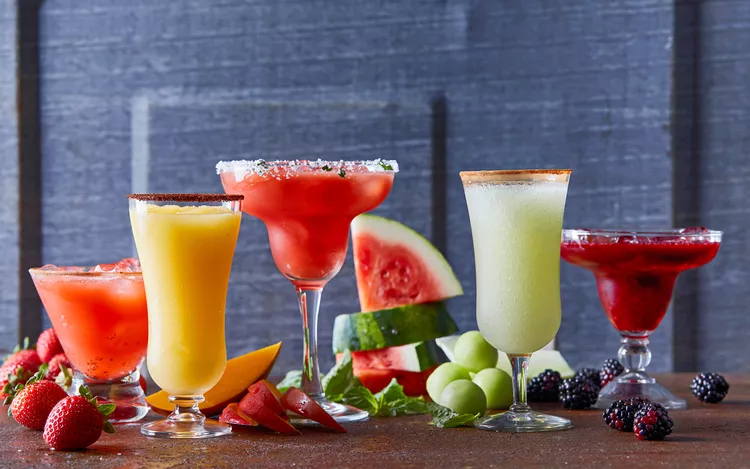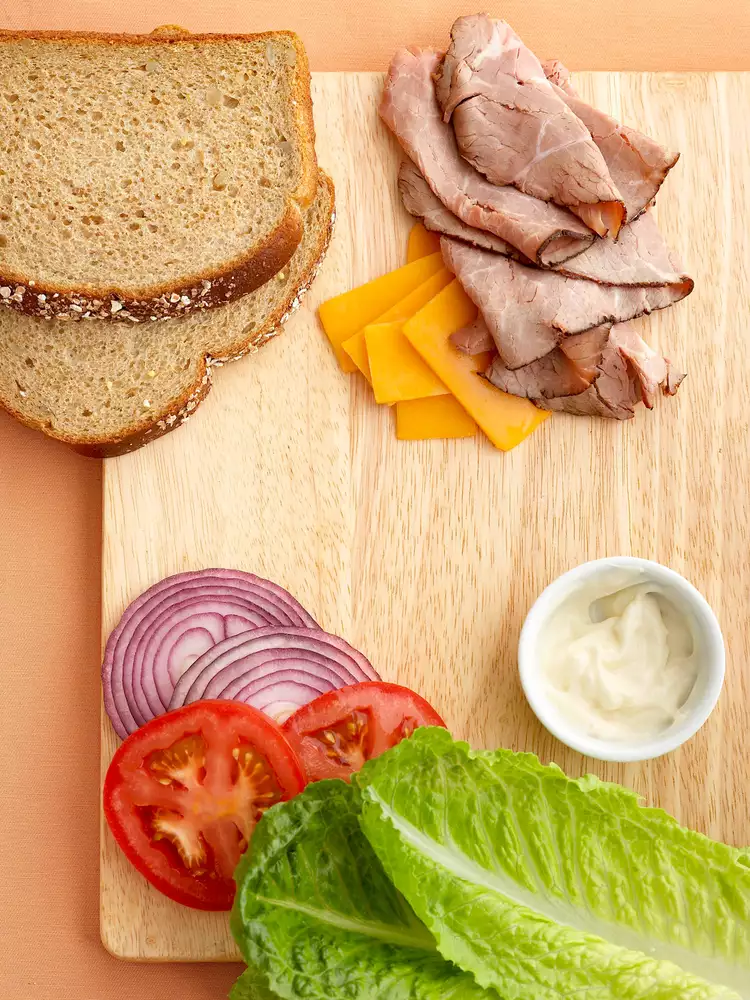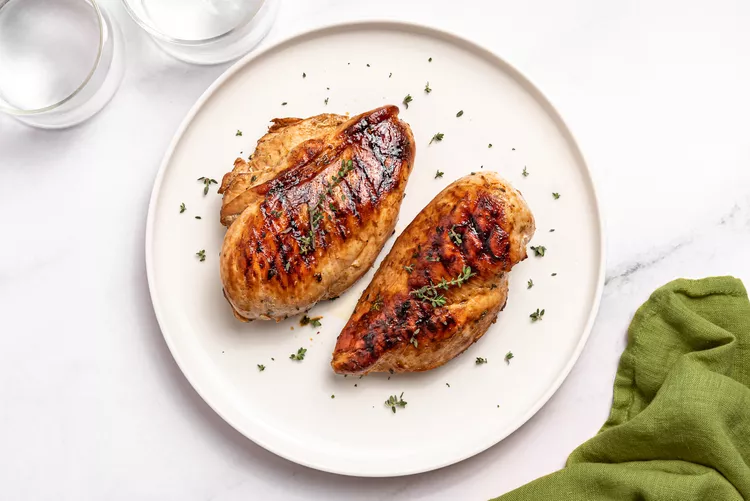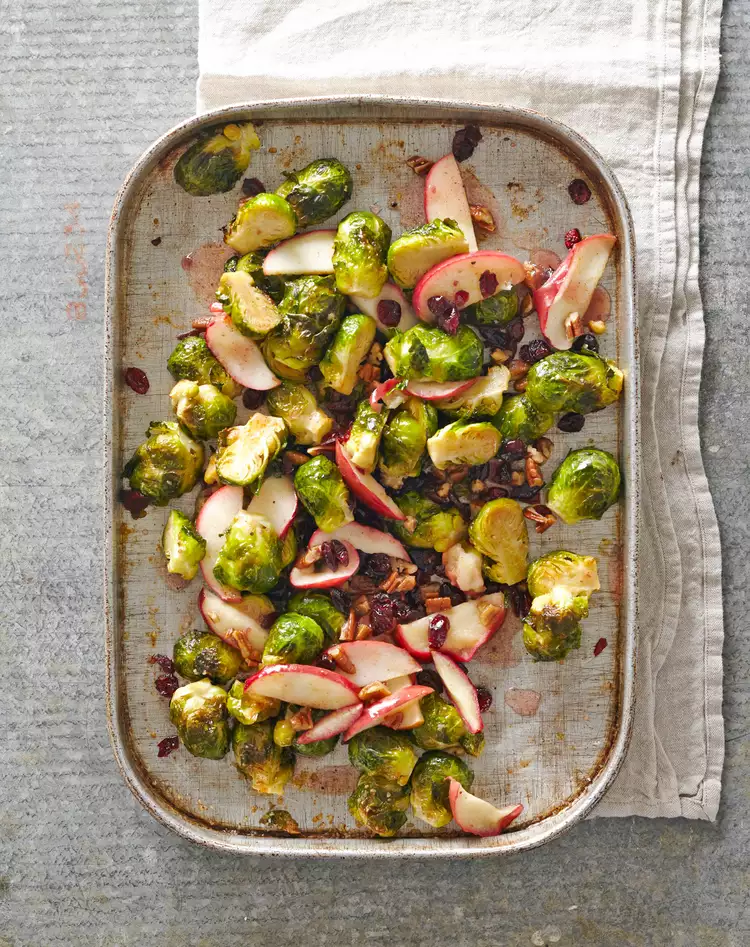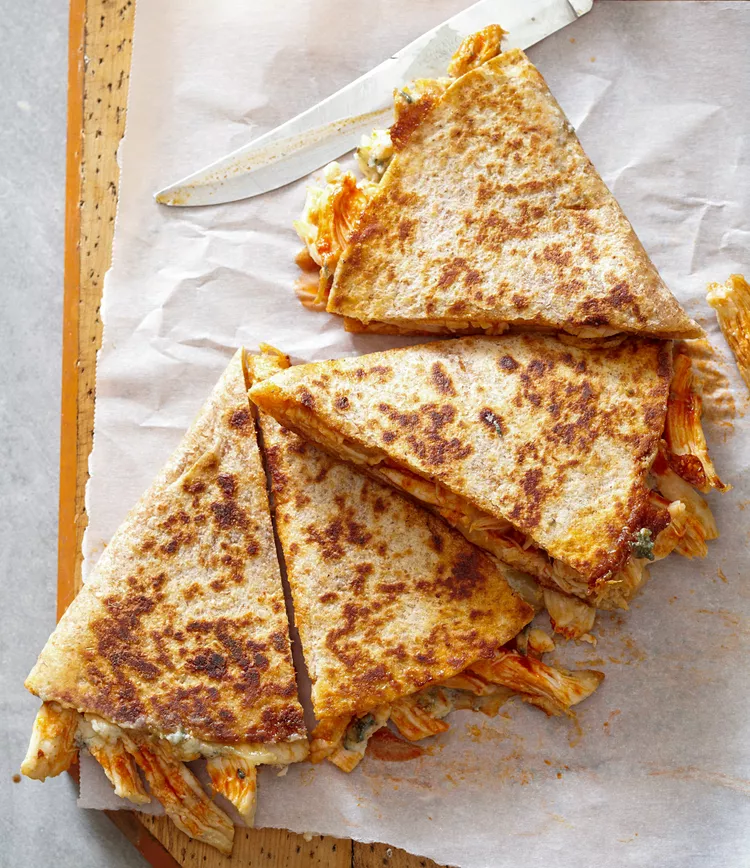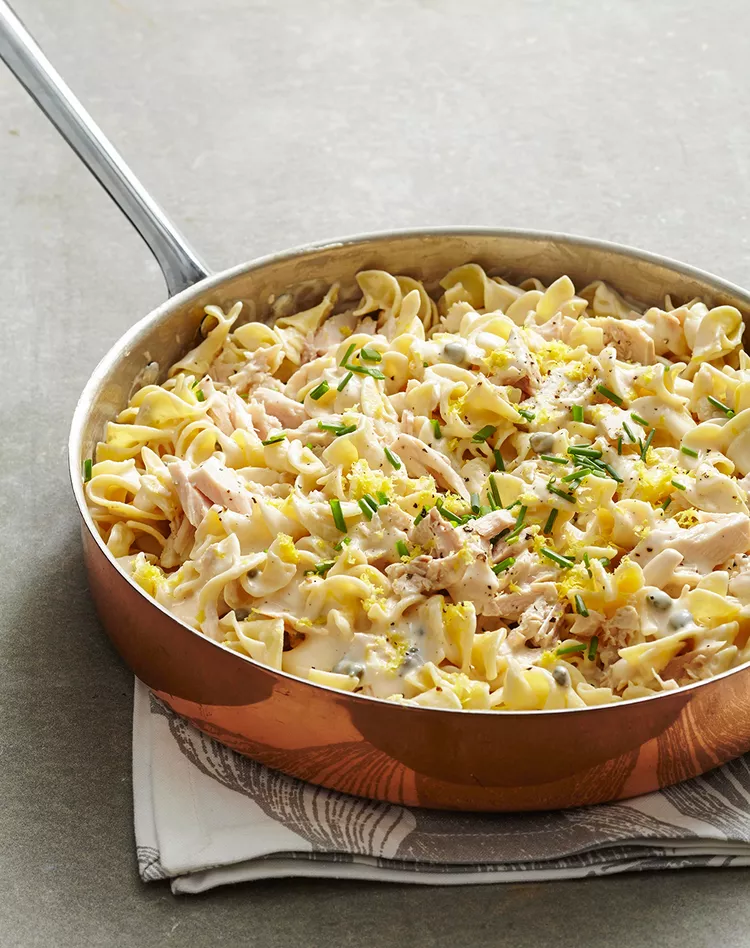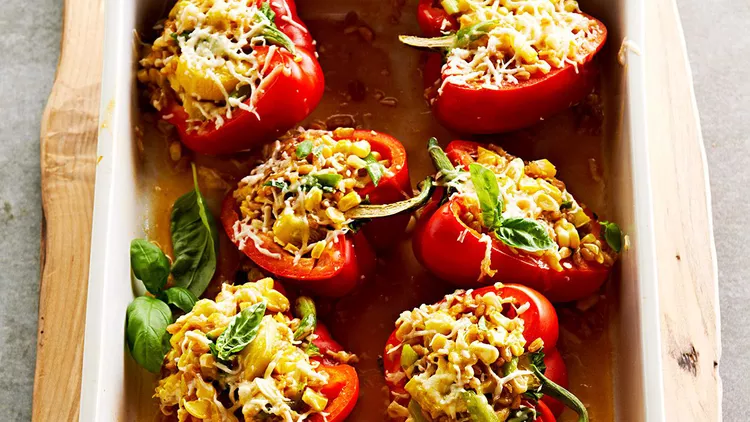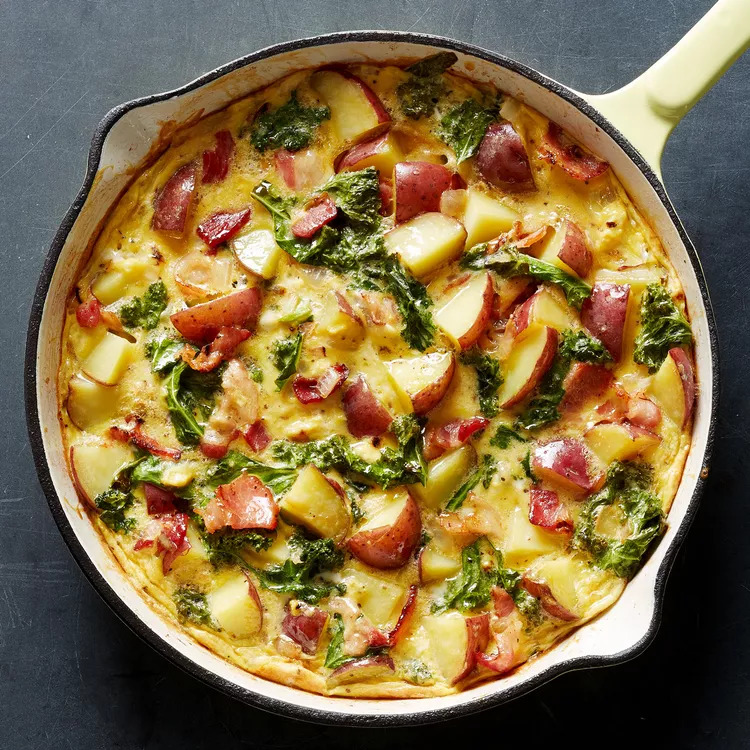For Sunday dinners and holiday menus alike, prime rib ranks right up there with turkey, ham, chicken, crown roast, and beef tenderloin as the most popular main dish options.
Similar to those other large roasts, prime rib (aka beef rib roast) often results in a round or two of leftovers. Our popular Marinated Prime Rib recipe that fans confirm is “so delicious and moist” starts with a 4- to 6-pound beef rib roast, which will treat you to 12 servings. If you’re lucky enough to have leftovers, here’s how to reheat prime rib.
- Lauren Anthony, executive chef at the Angad Arts Hotel in St. Louis, Missouri
- Sarah Brekke, M.S., Better Homes & Gardens Test Kitchen brand manager
- Todd Segneri, executive chef at Culinary Canvas Catering in St. Louis, Missouri
How to Store Leftover Prime Rib
Once you’ve prepared your prime rib, served it to rave reviews, and everyone has had their fill, it’s important to store it properly.
No need to break down the prime rib into smaller portions: “For best results, store the meat unsliced to help keep the moisture inside,” Brekke says.
Here’s how to store prime rib:
- Tightly wrap the prime rib in plastic wrap. (“Proper sealing will protect the roast and prevent the meat from drying out during storage,” Segneri says.)
- If you have a vessel that fits, transfer the wrapped prime rib to an airtight storage container or zip-top bag.
- Refrigerate for 3 to 5 days. If you don’t plan to use it within that time frame, freeze immediately for up to 3 to 6 months.
How to Reheat Prime Rib
Before we dive into exactly how to reheat prime rib, we can’t overlook the most important tip of all. If moist meat is the aim, going low and slow, being careful not to overcook it is key, Anthony advises.
“A digital meat thermometer can help you easily track the cooking process and not overdo the reheating,” Anthony says.
Test Kitchen Tip: A thermometer is our preferred tool to keep tabs on temp, but if you don’t own one, turn to these 4 ways to test meat for doneness instead.
Here’s how to reheat prime rib the Test Kitchen way once you're ready to enjoy round two (or three):
- Preheat the oven to 300° F.
- Unwrap the leftover prime rib, and transfer it (sliced or whole), to a sheet pan with a rim or shallow baking dish.
- Drizzle the meat with ¼ to ½ cup beef broth, stock, or leftover au jus to help steam the meat as it heats.
- Tightly cover the pan with a lid or foil, then place the pan in the oven for 15 to 30 minutes until the meat is warmed through in the center. (Timing will vary depending on the size and thickness of the meat.)
- Once reheated, the prime rib can be sliced and served immediately; no need to rest the meat.
Test Kitchen Tip: Use a meat thermometer to track the temperature. The USDA recommends that leftovers be reheated to at least 165° F before serving, which is well beyond medium-rare at 140° F. Aim for something between that range, according to your own preferences and food safety risk tolerance.
“This low-and-slow method allows the meat to reheat in a moist environment where the proteins can heat gently and maintain their original tenderness,” Brekke says. “To keep prime rib moist as you reheat, make sure the pan is tightly covered, the piece of meat is not too large, and there is some added moisture in the pan, like broth.”
If you’d like to add a nice crust, pat the reheated roast dry. Add a drizzle of oil to a skillet, turn the heat to medium, and sear the prime rib on all sides for 1 to 2 minutes.
Test Kitchen Tip: A good rule of thumb is to estimate two to three servings per pound of meat, or about two servings per rib. Most prime ribs clock in between 4 and 10 pounds.
3 of the Worst Ways to Reheat Prime Rib
Although microwaving is an option, it will result in a final reheated prime rib that’s a bit less pink. Microwaved prime rib is often tougher and dryer than its oven-warmed counterparts.
“If microwaving is your choice, we recommend you slice the meat first. Reheat it one slice at a time for even cooking,” Brekke says.
It’s also wise to avoid reheating prime rib in an air fryer or deep fryer, since "these methods can easily result in a rubbery, dry, and flavorless prime rib,” Anthony adds.
The Best Leftover Prime Rib Recipes
We couldn’t leave you hanging with that leftover prime rib without sharing some ideas for how to serve it! The pros we spoke to recommend transforming it into:
- Sandwiches. Philly Cheesesteak, Italian Beef, or French Dip, anyone?
- Soups or stews. Beef Bourguignon is about to get even better.
- Pasta dishes. Talk about a way to take Beef Stroganoff to the next level!
- Quesadillas. Step aside, ground beef or sliced steak.
- Meal prep bowls. Just add a side of roasted vegetables and cooked whole grains.
- Beef Wellington. Reheat in a puff pastry wrapper? Sold.
